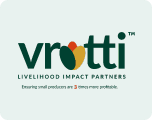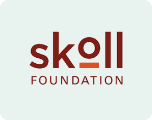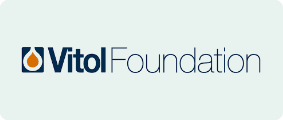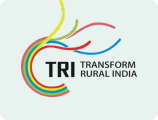

A critical component for building resilient communities is building their economic resilience. Community Action Collab’s (CAC) Economic Resilience Impact Canvas builds the resilience of vulnerable populations by enabling them to withstand any humanitarian crisis. The Impact Canvas is co-creating interventions within a community of various service providers, government agencies, financial entities, and civil societies. The initiative is about building resilience in a manner that restores hope and power within the hands of vulnerable communities.
While economic resilience needs to be achieved at the family level, there is a need to work within and beyond the family. Together with the partners and advisors of the Impact Canvas, CAC has established an evolving framework with four key approaches to building economic resilience i.e. Conservation, Diversification, Aggregation, and Risk Pooling (CDAR).
Economic resilience is more than just facilitating services to vulnerable populations; it is also about instilling hope and aspirations, cultivating an opportunity mindset, gaining the ability to make and shape decisions, and so on. To successfully implement this, it is essential that the work is done collaboratively with the Government, Private Sector, Civil Society Organisation and Communities who need to be at the centre.
Through initiatives like providing access to social protection schemes like PDS, MGNREGA job cards, housing schemes, scholarships, and health insurances to meet expenses of day-to-day life.
This could be achieved through drought-proofing of farms, insuring assets or vaccination of livestock and immunisation of children, etc.
In the short run, cash, livestock, chits, etc. could be built and in the long run assets like gold/durables/house/education of children, etc.
This could be wages, nano- enterprises, skill development, pensions, remittances, govt transfers, assets which are different risk factors.
Higher income to smallholders/labourers can be realised when they lower input cost, negotiate with scale in the market, etc.
Changes in social terms comes when one gets social status and able to get mutual support system to address adversaries.
Building capacity of the communities to voice their collective opinions, demands and bring power to influence decision making agencies.
Friendly neighbours, helpful relatives, benefactors/patrons to help when risk hits.
To ensure pooling of risks and help in adversity is a right because one is part of the pool.
The Pilot is led by Vrutti and funded by Skoll Foundation and Vitol Foundation. The implementing partners are Head Held High, Transform Rural India Foundation, and Gopabandu Seva Parishad.






Copyright © 2024 Catalyst Management Services Pvt. Ltd.